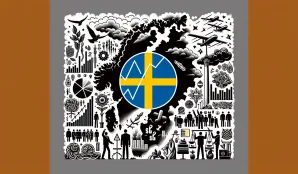Inflation
- Articles
- Inflation
Inflation
Register an account before you can comment
2,30 %
-0.8%
1.75 %
0%
Sweden's national debt
1 252 901 336 442KR
Latest posts
Read more





